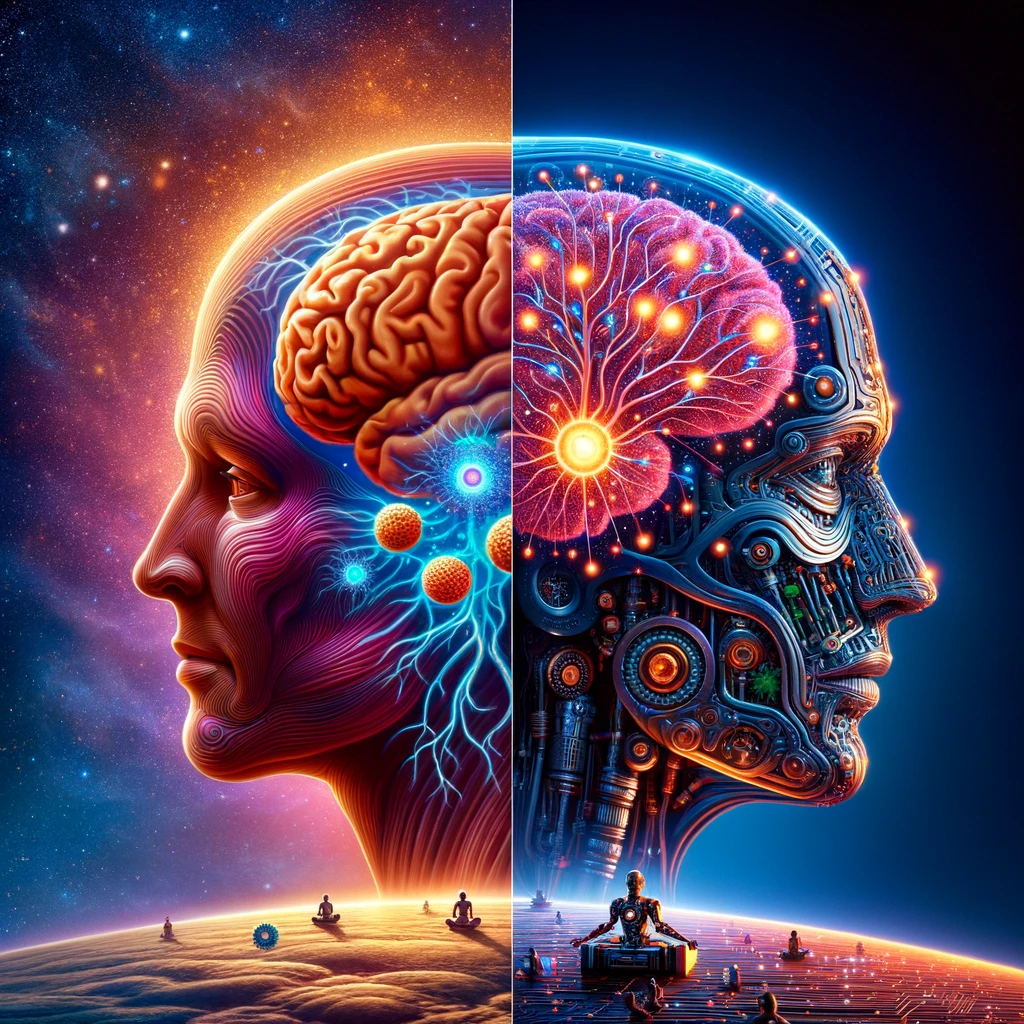Chaganti Koteswara Rao, a renowned spiritual speaker in India, delivered a remarkable speech at the KotiDeepotsavam event in Hyderabad. His discourse was rich, layered, and profound, touching upon a range of topics from Vedas, Sanathana Dharma, the significance of Agni (fire) worship and the Deepam (lamp), the importance of Karthika masam (month), to the teachings of Ramana Maharshi and Adi Sankara.
Chaganti’s speech was not just a mere recitation of texts or sharing of knowledge. It was a spontaneous and seamless weaving of various elements. He linked the entrance of Arunachaleswara idols into the stadium to the auspicious nature of the Arunachaleswara ksehtram and the teachings of Ramana Maharshi. He referenced Pothana’s Bhagavatham and Barthuhari Satakam to underscore his points. He elucidated on the Bhakthi marga (path of devotion) and Gnana Marga (path of knowledge) and linked it all to the ultimate goal of human life as per Sanathana Dharma and Vedic Wisdom, which is Moksha.
This brings us to a pertinent question – can artificial intelligence (AI) emulate such intelligence?
AI, as we know it today, is capable of processing large amounts of information, identifying patterns, and making predictions based on those patterns. It can even generate human-like text, as exemplified by GPT-4, a language model developed by OpenAI. However, the kind of intelligence displayed by Chaganti in his speech is beyond the capabilities of current AI models.
Firstly, Chaganti’s knowledge is not just factual but interpretative. It is derived from years of study, contemplation, and understanding. He not only knows the texts but understands their meaning, context, and relevance. This level of interpretative understanding is something that AI, as of now, cannot achieve.
Secondly, Chaganti’s speech is spontaneous and adaptive. He could link the sight of the idols entering the stadium to the teachings of Ramana Maharshi and Adi Sankara. This shows his ability to think on his feet, adapt to the situation, and weave it into his narrative. AI, on the other hand, lacks this capability. It cannot perceive the environment, understand the context, and adapt its response accordingly.
Thirdly, the essence of Chaganti’s speech lies in the emotions and spirituality it conveys. It is not just about sharing knowledge but about touching the hearts and souls of the listeners. AI, being devoid of emotions and consciousness, cannot comprehend or replicate this aspect.
In conclusion, while AI has made significant strides in various fields, it still has a long way to go when it comes to emulating the kind of intelligence displayed by Chaganti in his speech at the KotiDeepotsavam event. The complexity, depth, and essence of his discourse underline the unique capabilities of the human mind that AI, in its current state, cannot replicate.

Delving deeper into the technical aspects, the challenge of AI emulating the depth of understanding demonstrated by Chaganti in his speech is multifaceted. It involves the development of AI models that can process and understand complex semantics, context, and cultural nuances. Currently, AI models like GPT-4 employ transformer architectures that use attention mechanisms to weigh the importance of different words in a sentence. However, this approach is primarily statistical and lacks the depth of understanding inherent in human cognition.
Moreover, the spontaneity demonstrated by Chaganti involves a level of situational awareness and real-time adaptation that is currently beyond AI’s capabilities. Achieving this would require advancements in areas like reinforcement learning, where AI models learn from their interactions with the environment, and unsupervised learning, where AI models identify patterns and structures in unlabeled data. These areas are active fields of research, and while there have been significant strides, AI is yet to match the adaptability of human cognition.
Finally, emulating the emotional and spiritual resonance in Chaganti’s speech would involve imbuing AI with a level of emotional intelligence and consciousness that it currently lacks. While developments in areas like sentiment analysis and emotional AI have enabled machines to recognize and respond to human emotions to a certain extent, they are far from experiencing or understanding these emotions in the way humans do.
Incorporating these aspects into AI would require not just advancements in machine learning algorithms and architectures, but also in our understanding of human cognition, consciousness, and emotions. It involves tackling fundamental questions in fields like cognitive science, neuroscience, and philosophy of mind, and translating these insights into computational models.
In summary, while we can anticipate significant advancements in AI over the coming decades, fully replicating the depth, adaptability, and emotional resonance of human intelligence is a monumental challenge. It’s a challenge that goes beyond technology, delving into the very nature of human cognition and consciousness.
